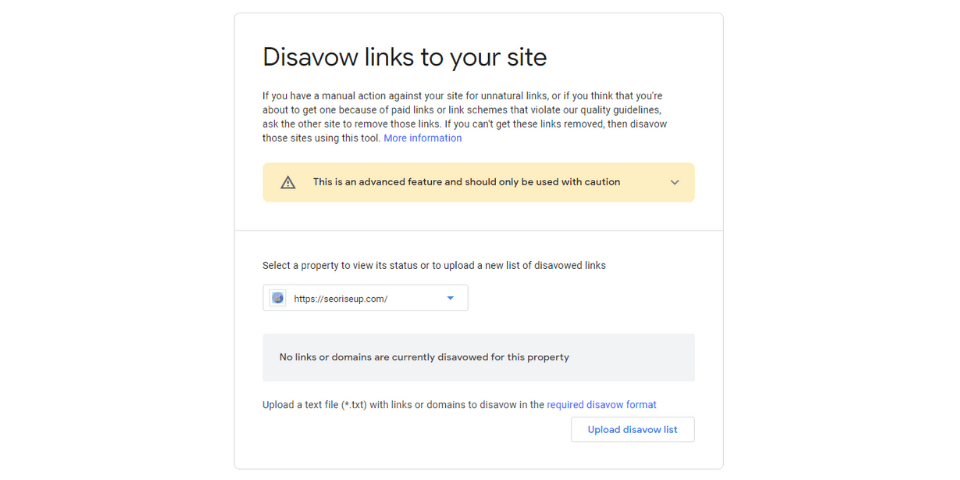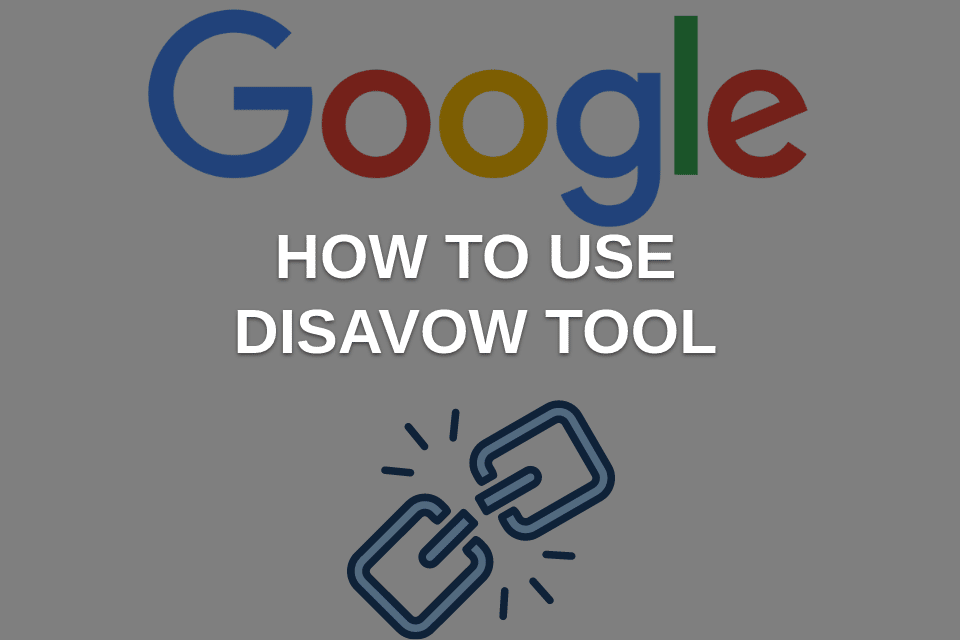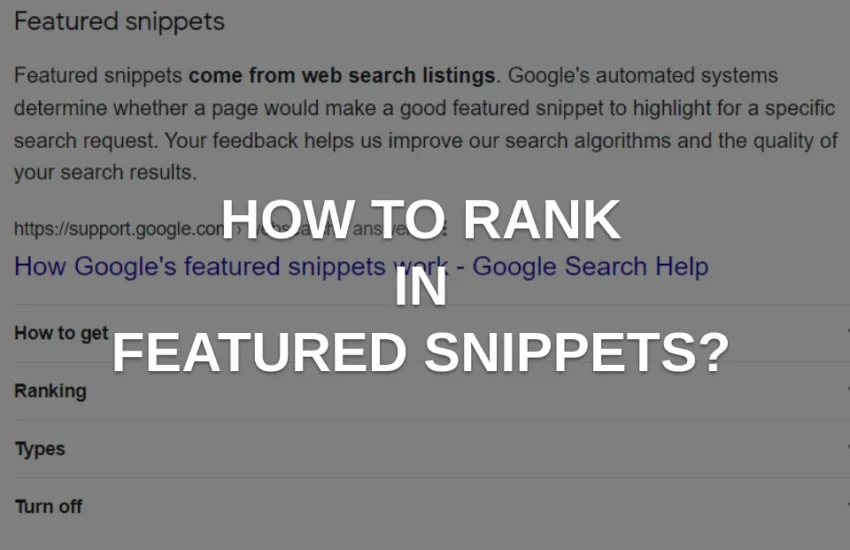Google Disavow Tool: Identify and Remove Harmful Links from Your Website
A website owner detects what they believe to be harmful or unnatural connections leading to their site, they may utilize the Google Disavow Tool to tell Google of the issue. This will cause Google to investigate the matter further. The search engine rankings of a website might potentially suffer as a consequence of such relationships. In order to make use of the tool, website proprietors must first generate a disavow file that contains the URLs of the links to be disavowed and then upload the file to the Google Search Console. The Disavow Tool should only be used as a last resort, after all other alternatives for manually removing the objectionable links have been explored. Only then should you consider using it. It is crucial to perform a comprehensive analysis of your link profile prior to making use of the tool since disavowing links should only be done for connections that you know for a fact are damaging.
Why Disavow Links?
Google strongly suggests that you only use link disavowal in order to reverse the impact of penalties that have been levied to your website. If you receive a message from Google regarding unnatural connections, then you are being penalized for them regardless of whether or not you are aware of your role in the establishment of such links.
You should realize that dealing with Google penalties is a continuous element of the work if you are a webmaster since you have to do it constantly. Even though this shouldn’t be a problem if you’re using white hat SEO, understanding how to have a clean backlink profile is essential to the success of your SEO over the long haul. If you don’t know how to do this, your SEO efforts aren’t going to go very far.
You may handle the complete process of disavowing links with the assistance of the resources that Semrush gives. The Backlink Audit Tool offered by Semrush is compatible with both Google Analytics and Google Search Console. Using this strategy, you will have a greater opportunity to evaluate the veracity of the facts concerning the linkages in and of themselves.

How to Remove Harmful Links with Google Disavow?
The Disavow Tool should only be used as a last resort, after you’ve exhausted all other options for eliminating the offending links manually. Disavowing links should only be done for links you know for a fact are harmful, thus it’s important to analyze your link profile completely before utilizing the tool.
The Google Disavow Tool can help you remove potentially dangerous inbound links if you follow these instructions:
- Use a link analysis tool to find the links that might be hurting your website’s search engine rankings and remove them.
- Make an effort to break the linkages by hand: Get in touch with the hosts of those sites and politely request that they delete connections to your domain.
- Make a disavow file If you can’t get rid of the links personally, you may put them in a disavow file. The file format should be simple text with one URL per line.
- Submit the document to Google’s Search Console. A disavow file can be uploaded to the “Disavow links” area of the Google Search Console.
- Check your link profile to make sure the dangerous links have been deleted after submitting the disavow file.
How to Disavow Links in Google Search Console
Google’s Search Console service, which stores data on the site’s linking structure, is available to anybody who has a Google Analytics tracking tag installed on their page. Using Search Console’s Link Report page, you may examine your links to see how they’re doing. Select “More Sample Links” after clicking the large “Export External Links” icon in the upper right corner of the screen. You may choose the file format to export it as. In order to submit a list of disavowed links to Google’s Disavow Tool, you may utilize the Semrush Backlink Audit Tool to find the links you wish to remove and then save the list as a text file.
In spite of this, if you plan on doing it alone, there is a clear structure that you need to adhere to:
- A new line must be used for each entry.
- Each item must start with “domain:.” (“without quotation marks”)
- It makes no difference what the file is called.
Here are a few examples of items that would appear in a list if it followed these guidelines:
- domain:spammysite.com
- domain:niche.pbn.com
- domain:blackhat.com/link-to-my-site
You could choose to block the entire domain rather than individually adding each individual URL to a blacklist. This saves time. In addition, there are not many situations in which you would want to disavow a single link from a website while still allowing links from the same domain. This is because disavowing a single link is a more involved process. Go to the Google Disavow Tool page, and after reading all of the cautions, keep going until you reach the dialogue box where you may choose a file from your computer to upload.
FAQ’s about Google Disavow
How Do I Know Which Links To Disavow?
After disavowing Google’s links, find out which rogue links are causing your troubles. Some examples: non-related websites and articles. Unindexed web pages. Linking blog comments. – Overlinked sites. Web pages with little traffic or repute.
What does Google’s disavow tool do?
If you have a manual action for unnatural links or believe you will, remove links from the other site to yours.
Conclusion
It is essential to keep a watch on your backlink profile and only disavow links that need to be deleted after being familiar with how to use Google’s Disavow Tool. This will ensure that your website receives the highest possible search engine rankings. Having this guide by your side makes it far simpler than it ever has been before to improve the quality of your website.


